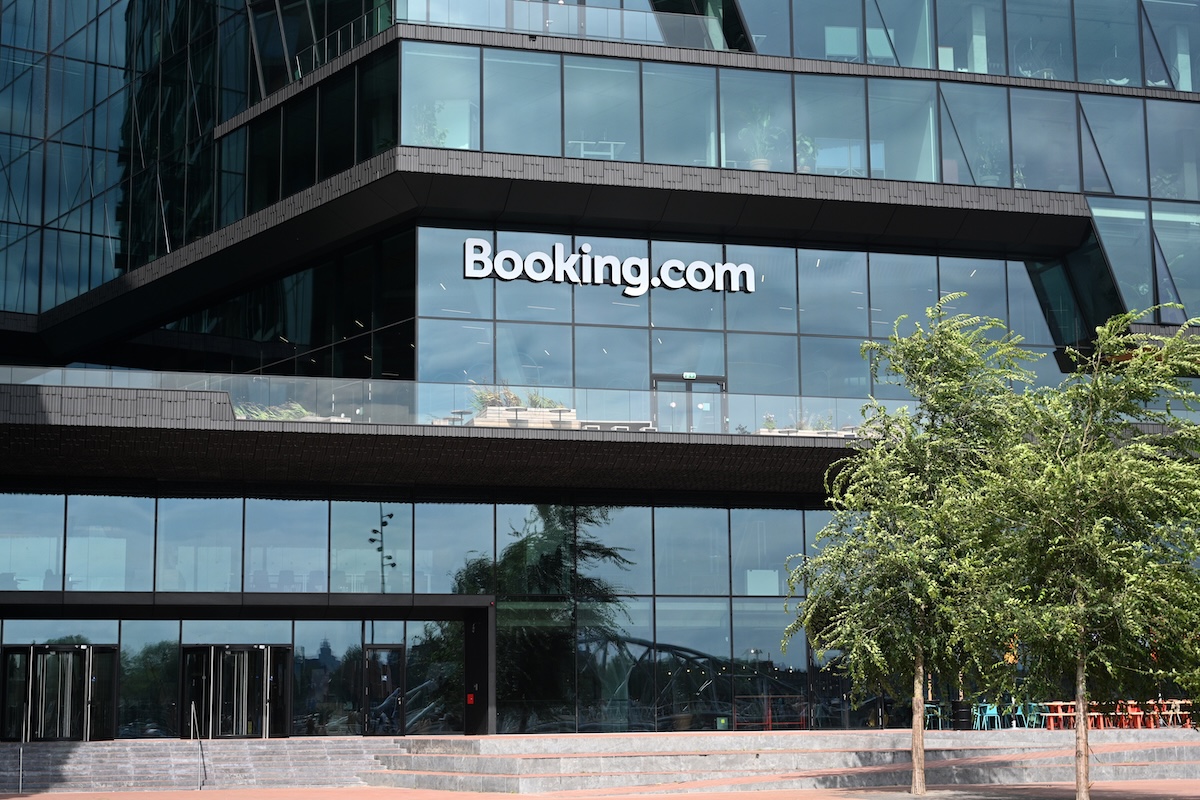JetBlue to Help Sell a Private Jet-Style Experience to the Masses
Skift Take
For travel starting May 1, JetBlue Airways will use its website to sell seats on semi-private flights on a handful of routes, such as between Burbank Airport near Los Angeles, the East Bay of San Francisco, and Las Vegas.
The effort is modest to start. JetSuiteX has only five airplanes, with plans to add two more jets by summer.
But the move may help popularize a different type of flying that may appeal to JetBlue's most lucrative customers and it may also help the airline plug some gaps in its geographic service coverage.
The move emerges out of a codeshare deal with JetSuiteX, a scheduled service sister company of JetSuite, a private charter jet operator.
In 2016, JetBlue made an undisclosed investment in JetSuite. Executives revealed on Tuesday that it was a 10 percent stake. Qatar has also invested in JetSuite.
CEO Robin Hayes told investors on an earnings call, "When you look at the customer experience [at JetSuiteX], when you look at the customer NPS [net promoter score] data, when you look at the level of customer satisfaction and repeat purchase, I would say once [the customers have] tried that experience, they really don't want to go back…. We are kind of ambitious about where we think [the company] can get to.”
The codesharing may also help JetBlue plug some coverage gaps in its network map. Specifically, it may help the carrier bolster its ability to fly people more places in California — a state that became more important to the company after it lost in the bidding for Burlingame, California-based Virgin America in 2016.
JetSuiteX uses private air terminals but provides scheduled service. For details, see Skift's interview with JetSuite's CEO.
In a separate earnings announcement Tuesday morning, JetBlue said it saw a lift in a key revenue metric — passenger revenue per available seat mile, which measures how much money the carrier makes for each customer it flies one mile. During the first three months of 2018, the metric rose 6.1 percent, year-over-year.
On Tuesday, executives revealed a nuance about that. JetBlue does not offer basic economy seats and gave no hints of planning to do so, despite news on Monday that rival Alaska Airlines planned to introduce such a product.
A nuance worth noting: While some legacy carriers like American, United, and Delta have introduced them to compete against the bare bones offerings of ultra-low-cost carriers. On nonstop routes where JetBlue competes directly against an airline that offers basic economy, JetBlue has not seen its [revenue per available seat mile] trend behave any differently than in other markets, said Martin J. St. George, executive vice president of commercial and planning.
Sunnier Report
The carrier chalked up its sunnier outlook to stronger demand in March and an industry-wide strength in bookings. It lifted its forecast for overall 2018 unit revenue to 6.1 percent, year-over-year — above its prior expectation of being between 3.5 percent and 5.5 percent.
JetBlue saw positive revenue despite having many of its New York City and Boston operations affected by several winter storms in March that forced delays and cancellations of many flights. It said it weathered the storms, so to speak, thanks to having cut capacity and taken other defense strategies like increasing upsells of customers on non-fare products and services since earlier in the year.
The company's strongest market was in servicing Northeastern U.S. and Midwestern U.S. cities with Latin American and Caribbean destinations, with "leisure travel exceeding expectations." For the full year 2018, JetBlue expects to boost its capacity between 6.5 percent and 8.5 percent, year-over-year.
One potential source of uncertainty is labor costs. Last week, a majority of JetBlue's 5,000 flight attendants voted to join a leading union, the Transport Workers Union of America, that also represents workers at Southwest Airlines and Allegiant Air.
Separately, pilot contract negotiations resume in May.
Another risk to watch out for is fuel prices. The airline does not currently have any contracts aimed to hedge against the risk of sudden changes in fuel prices. That may expose it to a sudden uptick in costs if, say, a war broke out somewhere in the world. The cost of jet fuel surged by about 30 percent in the past year.
Investors will also watch the speed at which the carrier implements its cabin retrofit program, which has an upfront cost but may boost revenues down the line by making new products and services available for sale. Adding to many aircraft JetBlue's Mint class of premium service, which has disrupted the pricing of business class for all of its domestic U.S. rivals, is one part of that rollout.
Earlier in April, JetBlue's venture arm, JetBlue Technology Ventures, invested in Lumo, a Boston-based travel technology startup that is telling airlines it can peer into the future and know which flights are likely to be delayed hours — or even days — in advance.
Update: This story was updated to include comments from the JetBlue earnings call.





